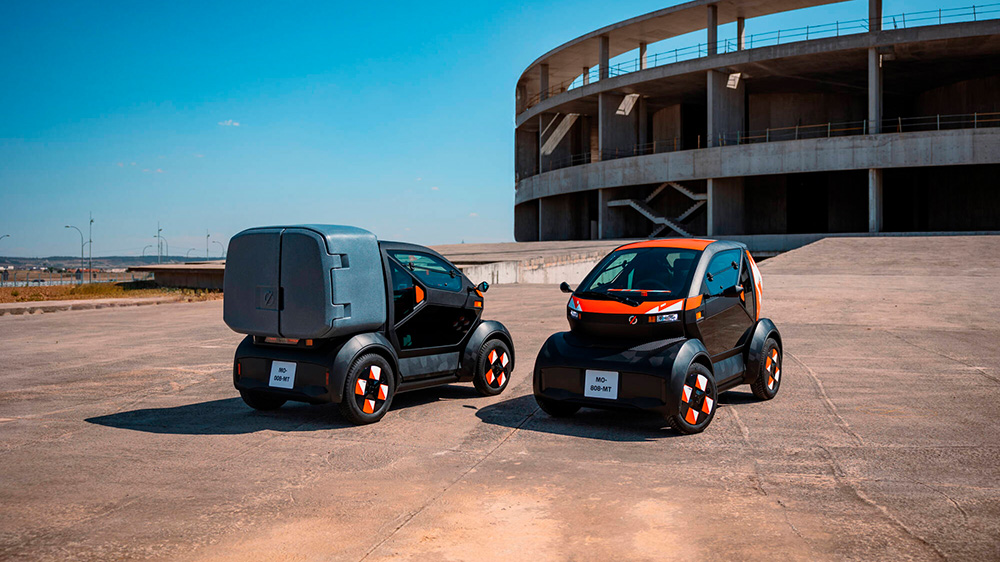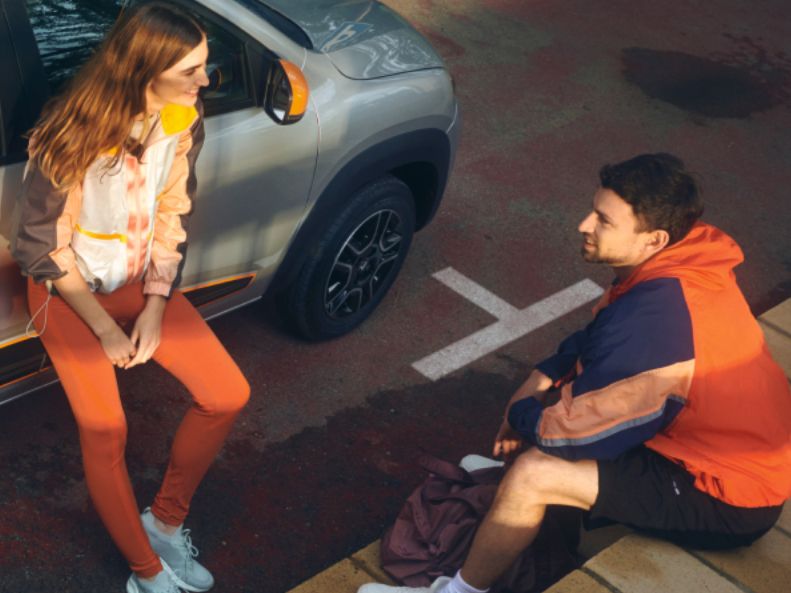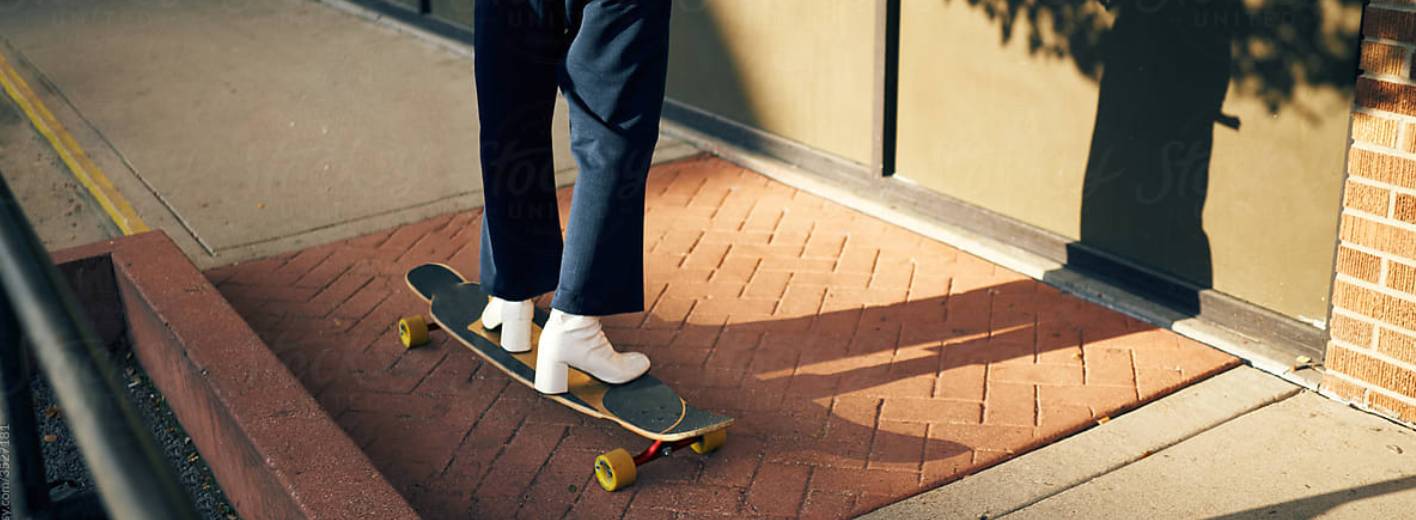2016 – the basis: car-sharing in a closed loop
Through its network of dealerships present in territories across Europe, Renault Group implements a car-sharing service within a closed loop. Vehicles are available 24/7, starting with one-hour rentals, and are reserved using mobile apps.
Car-sharing in a closed loop involves picking up a vehicle at a station or agency and returning it to the same place. Represented as a direct line, it enables a user to travel from Point A to Point B and then return the vehicle there. This service is often provided through a subscription, and the operator charges a fixed rate according to time used or distance covered. For a company, car-sharing in a closed loop is an advantageous solution that enables employees to use the company fleet for professional or personal travel, thus optimizing use.
2017 – watch out for “free-floating” cars!
No more terminals! The Zity by Mobilize service was one of the first free-floating car-sharing services in Europe, when it was launched in Madrid (under the name Zity).
The principle of “free-floating” rental enables users to borrow and return a vehicle to any of the on-street parking places found inside the perimeter covered by the service. Using a dedicated smartphone app, users geolocate the nearest vehicle.
Reservation, vehicle opening and locking, payment: everything is done using a mobile app, and vehicles are never tied to a particular station or terminal. The principal of free-floating rental concerns all means of mobility: vehicles, scooters, bikes, mopeds… Having appeared simultaneously in several countries, often with great success, these services will continue to grow.
2021– 13 million journeys, or 5 journeys per second
Mobilize signs the “Free-Floating Vehicle, Cycle and Equipment Charter” in February. This charter was adopted after the 2019 promulgation of the Mobility Orientation Law (LOM) in France.
The charter specifies the respective obligations of local authorities and service operators and puts particular emphasis on respecting the environment and following traffic and parking regulations.
This commitment is in line with the Group’s choices. At the end of March, Fluctuo counted 235,000 shared vehicles in 16 major European cities*. In spite of restrictions tied to the Covid-19 pandemic, 13 million journeys, or 5 journeys per second, were made in one month using car-sharing in Europe.
*Flucto, the shared mobility barometer





